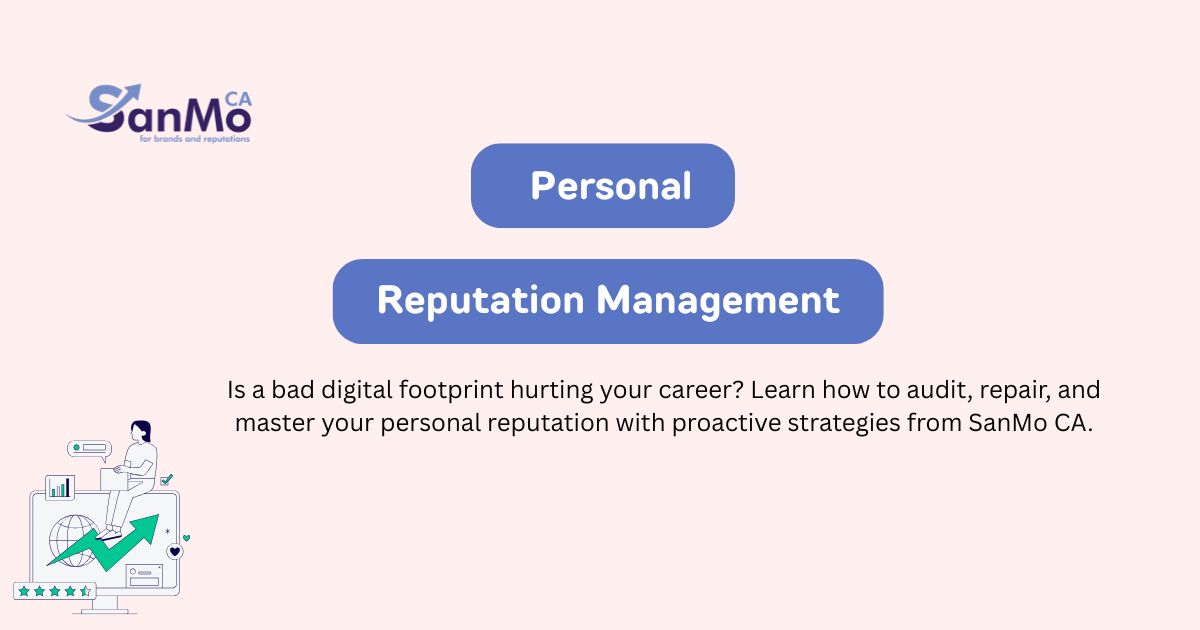Negative reviews can be challenging, but they also offer an opportunity to learn, improve, and build stronger relationships with your customers. When approached correctly, handling a negative review can turn a potentially damaging situation into a display of professionalism, care, and responsiveness. Here’s a 5-step guide to recovering from a negative online review and making the most out of the situation.
Stay Calm and Reflect on the Feedback
The first step is to avoid reacting impulsively. A negative review can feel personal, especially if you’ve invested time and energy into providing great service. Take a moment to process the feedback without responding right away. Read the review carefully and try to understand the root of the customer’s dissatisfaction. Identify if there are specific areas of improvement mentioned and assess if there’s merit in the criticism. This calm approach will ensure that your response is constructive and thoughtful.
Example: Let’s say a customer complained about slow service. Reflect on recent operations—were there any staffing issues or unexpected delays? Knowing these details will help shape your response.
Respond Promptly and Professionally
A timely, polite response demonstrates to the reviewer and potential customers that you take feedback seriously and are committed to making things right. Address the reviewer by name if possible, and express gratitude for their feedback. Acknowledge their concern without making excuses and convey a genuine willingness to address the issue.
Example Response:
“Hello [Customer’s Name], thank you for your feedback. We’re sorry to hear that your experience did not meet your expectations. We’re committed to providing a positive experience for every customer, and we’ll be reviewing your concerns to ensure we can improve. To discuss this further, don’t hesitate to contact us personally at SanMo Canada.
Take the Conversation Offline When Necessary
While it’s essential to address the issue publicly to show transparency, some situations call for a deeper discussion. If the complaint requires specific personal details or complex troubleshooting, invite the customer to continue the conversation privately. This will prevent a prolonged public back-and-forth and allow you to address the complaint more comprehensively.
Example:
“Thank you again for bringing this to our attention. We’d love to understand more about what happened so we can resolve this for you. Please reach out to us at SanMo, and we’ll be happy to help.”
Take Action and Make Improvements
After understanding the nature of the complaint, it’s time to take actionable steps to improve. Whether it’s a staff training issue, quality control, or refining customer service processes, implementing changes based on feedback will show customers that you value their input and are committed to improvement. Share these improvements with your team to avoid future issues and continually enhance the customer experience.
Example:
If multiple reviews mention slow service, consider optimizing processes, training your staff to be more efficient, or even adjusting staffing levels during peak hours.
Follow Up with the Customer
After resolving the issue internally, following up with the customer demonstrates a high level of care. You might contact them directly or add an update under the original review if the platform allows it. Thank them again, and let them know what changes you’ve made to prevent similar issues. Often, a personal follow-up can encourage a satisfied customer to update their review or even remove a negative one altogether.
Example Follow-Up Message:
“Hi Kevin, thank you for giving us the chance to address your concerns. We’ve made some improvements based on your feedback and would love for you to give us another try. Your satisfaction is our top priority, and we’re here to ensure a better experience next time!”
Final Thoughts
Though they are an unavoidable aspect of conducting company, negative evaluations don’t have to be a deal breaker. By handling them with care and transparency, you demonstrate accountability, empathy, and commitment to your customers. This not only helps you resolve individual issues but also strengthens your brand reputation and builds customer loyalty over time.








